If you’ve ever woken up to the unsettling hack-hack-hack of your cat coughing up a hairball, you’re not alone. As a seasoned cat parent and founder of CatCareLab, I’ve spent years researching, observing, and even panicking over this slimy yet oddly fascinating phenomenon. Let’s cut through the noise: hairballs are normal—but they’re also a window into your cat’s health. From the science behind those soggy fur clumps to actionable tips that actually work, this guide dives deep into why cats vomit hairballs, when to worry, and how to turn your feline’s grooming routine from a hazard into a non-issue. Spoiler: It’s not just about buying the right product.

1. The Science of Hairballs: Why Cats Turn into “Fur Factories”
Cats spend up to 50% of their waking hours grooming—licking, nibbling, and smoothing their coats with sandpaper-like tongues. Those tiny backward-facing papillae on their tongues trap loose fur, which inevitably gets swallowed. While most hair passes harmlessly through the digestive tract, some clumps linger in the stomach, mixing with mucus and food particles to form hairballs.
Key Fact:
Long-haired breeds (e.g., Persians, Maine Coons) are twice as likely to develop hairballs due to their dense coats.
A study by Martha Cannon (2013) found that frequent hairball vomiting in short-haired cats often signals underlying issues like skin allergies or gut motility disorders.
2. Normal vs. Problematic Hairballs: Red Flags Every Owner Should Know
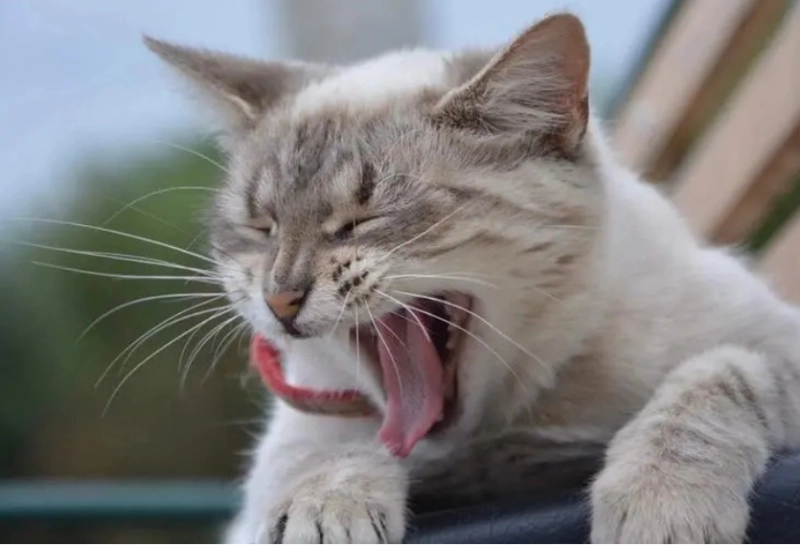
A healthy cat might cough up a hairball once a month—think of it as a “fur reset.” But when your living room starts resembling a crime scene, it’s time to act.
Warning Signs:
Frequency: Vomiting hairballs weekly (or multiple times a month).
Behavior: Lethargy, appetite loss, or constipation (hairballs can block the intestines!).
Appearance: Blood-streaked vomit or dry heaving without producing anything.
Personal Tip: My cat, Mochi, once went on a hairball spree during allergy season. Turns out, his itchy skin made him overgroom—a problem solved with omega-3 supplements and antihistamines.
3. Prevention: Stop Hairballs Before They Start
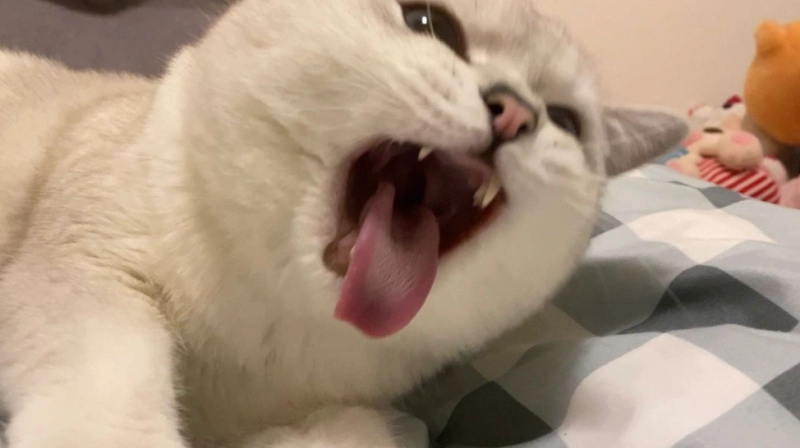
3.1 Brush Like Your Cat’s Life Depends On It (Because It Does)
Daily brushing removes up to 90% of loose fur, drastically reducing what your cat ingests. For long-haired breeds, use a slicker brush; short-haired cats benefit from rubber grooming gloves.
Pro Move: Turn brushing into a bonding ritual. I pair sessions with treats and chin scratches—Mochi now demands his daily brush-a-thon.
3.2 Upgrade Their Diet
Fiber-Rich Foods: Pumpkin puree or high-fiber kibble pushes hair through the gut.
Egg Yolks: The lecithin in yolks breaks down fat-bound fur clumps.
Hydration: Wet food or water fountains keep digestion smooth.
3.3 Strategic Use of Hairball Remedies
Cat Grass (Wheatgrass/Oatgrass): Induces gentle vomiting to expel fur.
Vet-Approved Laxatives: Petroleum-free gels (e.g., Laxatone) lubricate the intestines without harsh chemicals.
Avoid Overusing: I’ve seen cats develop diarrhea from excessive hairball paste—stick to the dosage!
4. When Hairballs Spell Danger: Emergency Scenarios

In rare cases, hairballs can cause life-threatening blockages. Symptoms include:
Distended abdomen
Unproductive retching
No bowel movements for 48+ hours
Surgical Intervention: A colleague’s cat, Luna, required emergency surgery after a hairball calcified in her intestines—a $3,000 lesson in preventive care.
5. The Bigger Picture: Hairballs as Health Indicators
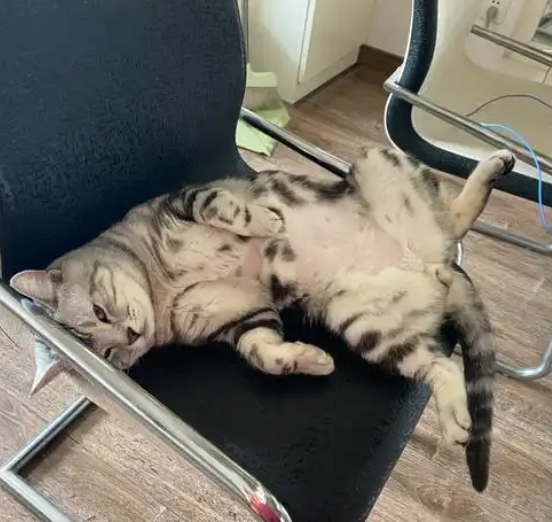
Frequent hairballs often mask deeper issues:
Skin Conditions: Fleas or dermatitis trigger overgrooming.
Stress: Anxiety-driven grooming (think: new pets or loud noises) escalates fur intake.
GI Disorders: Inflammatory bowel disease (IBD) slows gut movement, letting hair accumulate.
Diagnostic Steps:
Bloodwork + Ultrasound: Rules out organ dysfunction or blockages.
Fecal Test: Checks for parasites.
Diet Trials: Identifies food intolerances.
Final Thoughts:
Hairballs are equal parts gross and fascinating—a testament to your cat’s fastidious nature. By blending proactive grooming, smart nutrition, and vigilance, you can transform this messy quirk into a non-issue. Remember: A hairball here and there is normal, but your cat’s health always deserves a second look.
Your Action Plan:
Brush daily.
Offer cat grass weekly.
Schedule a vet visit if hairballs spike suddenly.
Here’s to fewer carpet stains and happier, healthier cats! 🐾



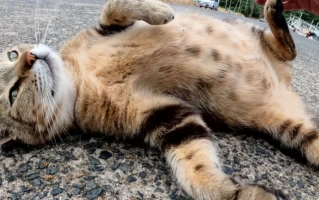
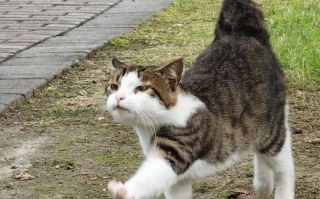
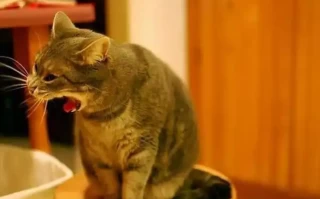
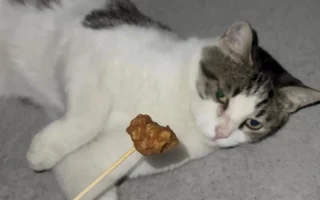

No comments yet, come on and post~